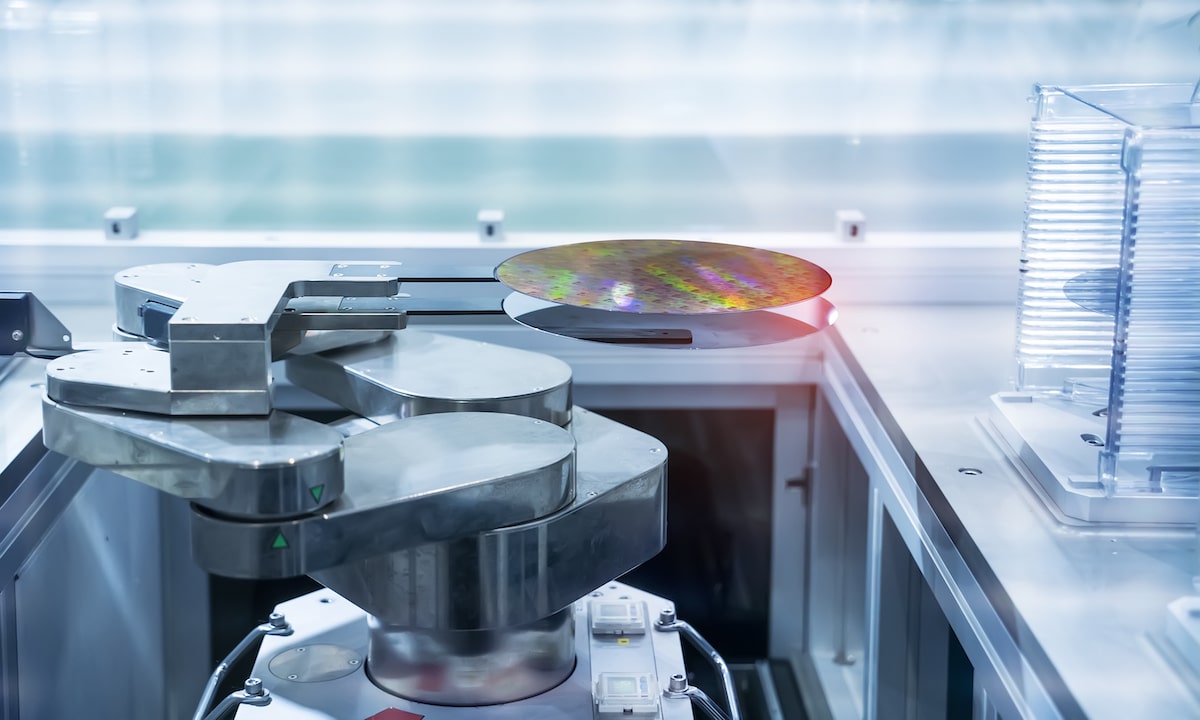What are the advantages of ammonium sulfate versus ammonium thiosulfate?
- Industries MenuMenuMenu
INDUSTRIES WE SERVE
AdvanSix makes innovative solutions possible for companies in a wide range of industries.
- Solutions
Solutions
Our vital chemistries provide the nutrition for crops that feed the world, the packaging that increases the shelf life of food in the grocery store, the additives in vibrant paints that decorate homes, the nylon in the soft, durable carpet under our feet, and so much more. - Careers
PEOPLE & CAREERS
Every day, AdvanSix employees create chemistries that turn possibilities into solutions. Together with our customers, we touch the lives of millions around the world.
- Newsroom
- About
ABOUT ADVANSIX
We are the source for vital ingredients that enable our customers to deliver a diverse range of products that make our planet safer, healthier, more sustainable and beautiful.
- Investors
© Copyright 2024 Advansix. All rights reserved.














Comments
Mercedes,
Is there any type of time frame you could guesstimate that it takes the elemental 1/2 of ATS to become available for plant uptake?
Keith
Good question, Keith. The oxidation rate of elemental sulfur from a liquid application of ATS would depend on the same factors affecting the oxidation of powder elemental sulfur. Notice I specify “powder” elemental sulfur, since the oxidation of “granular” elemental sulfur would also be influenced by the so-called “locality effect”. Those factors include oxidizing bacterial activity and conditions that affect them, notably temperature and soil pH. To cite one example, in a study by the International Fertilizer Development Center in Muscle Shoals, AL, oxidation of powder elemental sulfur applied to a sandy soil with a pH of 5.3 took about 6 weeks. If we assume the same soil but colder conditions, oxidation would take longer. In summary, when it comes to agronomic effectiveness of sulfur sources, they would follow this order:
AS ≥ liquid ATS > granular ES or (ES+AS) products
As soon as you have a soil environment favoring sulfur oxidation, it should take place rather fast.